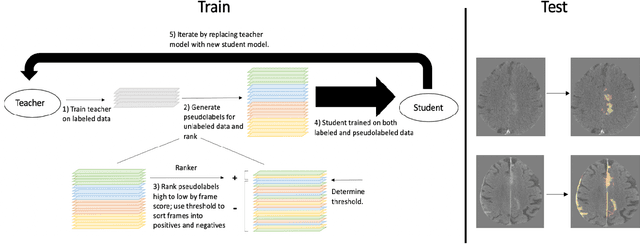Emily Lin
Data Quality Matters: Suicide Intention Detection on Social Media Posts Using a RoBERTa-CNN Model
Feb 03, 2024



Abstract:Suicide remains a global health concern for the field of health, which urgently needs innovative approaches for early detection and intervention. In this paper, we focus on identifying suicidal intentions in SuicideWatch Reddit posts and present a novel approach to suicide detection using the cutting-edge RoBERTa-CNN model, a variant of RoBERTa (Robustly optimized BERT approach). RoBERTa is used for various Natural Language Processing (NLP) tasks, including text classification and sentiment analysis. The effectiveness of the RoBERTa lies in its ability to capture textual information and form semantic relationships within texts. By adding the Convolution Neural Network (CNN) layer to the original model, the RoBERTa enhances its ability to capture important patterns from heavy datasets. To evaluate the RoBERTa-CNN, we experimented on the Suicide and Depression Detection dataset and obtained solid results. For example, RoBERTa-CNN achieves 98% mean accuracy with the standard deviation (STD) of 0.0009. It also reaches over 97.5% mean AUC value with an STD of 0.0013. In the meanwhile, RoBERTa-CNN outperforms competitive methods, demonstrating the robustness and ability to capture nuanced linguistic patterns for suicidal intentions. Therefore, RoBERTa-CNN can detect suicide intention on text data very well.
Noisy Student learning for cross-institution brain hemorrhage detection
May 03, 2021



Abstract:Computed tomography (CT) is the imaging modality used in the diagnosis of neurological emergencies, including acute stroke and traumatic brain injury. Advances in deep learning have led to models that can detect and segment hemorrhage on head CT. PatchFCN, one such supervised fully convolutional network (FCN), recently demonstrated expert-level detection of intracranial hemorrhage on in-sample data. However, its potential for similar accuracy outside the training domain is hindered by its need for pixel-labeled data from outside institutions. Also recently, a semi-supervised technique, Noisy Student (NS) learning, demonstrated state-of-the-art performance on ImageNet by moving from a fully-supervised to a semi-supervised learning paradigm. We combine the PatchFCN and Noisy Student approaches, extending semi-supervised learning to an intracranial hemorrhage segmentation task. Surprisingly, the NS model performance surpasses that of a fully-supervised oracle model trained with image-level labels on the same data. It also performs comparably to another recently reported supervised model trained on a labeled dataset 600x larger than that used to train the NS model. To our knowledge, we are the first to demonstrate the effectiveness of semi-supervised learning on a head CT detection and segmentation task.
 Add to Chrome
Add to Chrome Add to Firefox
Add to Firefox Add to Edge
Add to Edge